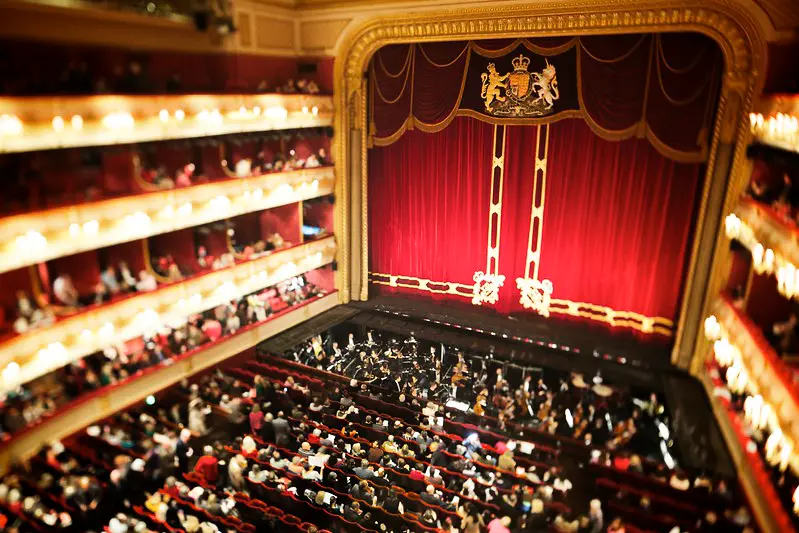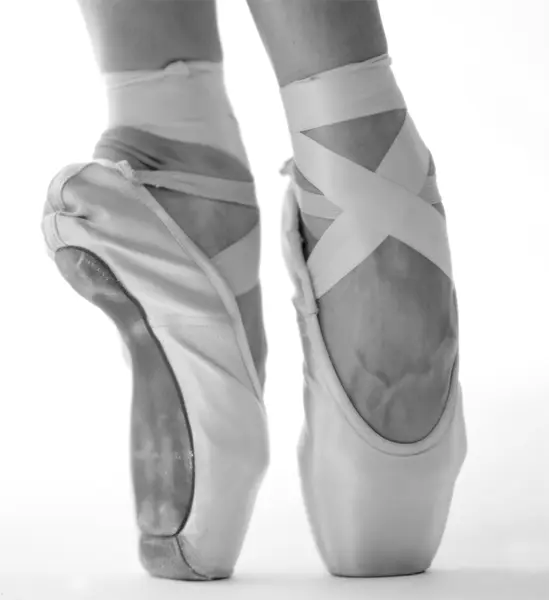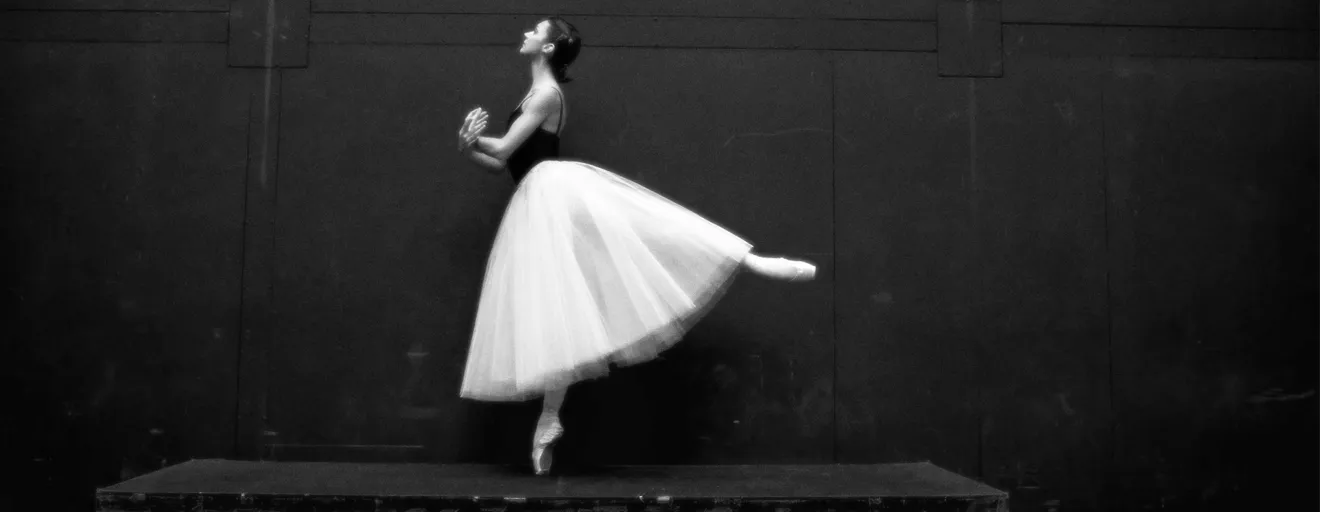London is home to some of the world's most renowned and prestigious ballet companies and schools, making it a hub for ballet performances and training. Here are some reasons why London ballet is particularly special compared to other areas' ballet performances:
Rich history and tradition: London has a storied history of ballet, dating back to the 17th century when ballet was first introduced in England. The Royal Ballet, one of the world's most famous ballet companies, was founded in London in 1931, and its home venue, the Royal Opera House, has been a landmark of the city for centuries.
World-class companies: London is home to several world-class ballet companies, including the Royal Ballet, English National Ballet, and Birmingham Royal Ballet. These companies are known for their exceptional technical skill, artistic excellence, and diverse repertoires, which range from classical ballet to contemporary dance.
Top-notch training: London is also home to some of the best ballet schools in the world, including the Royal Ballet School and English National Ballet School. These institutions provide world-class training to aspiring dancers, producing some of the most talented and skilled dancers in the world.
Innovation and experimentation: London's ballet scene is known for its experimentation and innovation, with many choreographers and companies pushing the boundaries of traditional ballet and exploring new forms and styles of dance. This has led to the creation of some of the most exciting and groundbreaking works in the ballet world.
Cultural diversity: London is a multicultural city, and its ballet scene reflects this diversity. Ballet companies and schools in London often feature dancers from a wide range of ethnic and cultural backgrounds, making for a more inclusive and diverse ballet community.
Those points alone make a trip to a future performance a must!




